~てもいい (Asking or Giving Permission in Japanese)
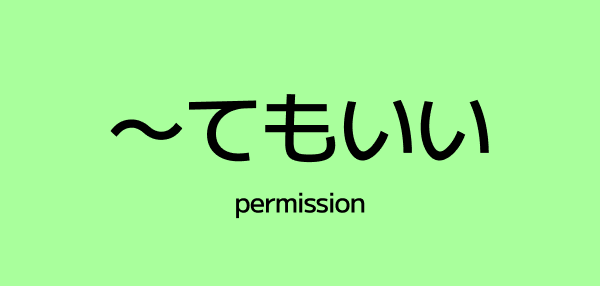
Want to ask, “Can I go?” or say, “It’s okay to eat here”?
It's time for ~てもいい, the Japanese grammar for saying “It’s okay if…” or “You’re allowed to…” in Japanese.
From asking to use the bathroom to giving someone permission to take your photo (yes, photos without permission is considered rude/invasion of privacy in Japan), this grammar shows up everywhere in real life.
In this guide, you’ll learn:
- What ~てもいいmeans and when to use it
- How to form it with any verb
- The difference between asking and allowing
- Real-life examples
- Practice to make it stick
Let’s dive in!
What Does ~てもいいMean?
「~てもいい」literally means “even if you do ___, it’s okay.”
But in practice, it’s used to:
- Ask for permission (Can I ___?)
- Say something is allowed (You may ___)
- Give someone the okay to do something
Think of it like:
- “Is it okay if I do ___?”
- “You’re allowed to ___.”
- “It’s fine to ___.”
Examples
- すわってもいいですか?→ May I sit down?
- トイレにいってもいいですか?→ Can I go to the bathroom?
- ここでしゃしんをとってもいいですよ。→ It’s okay to take photos here.
- はい、みてもいいです。→ Yes, you may watch.
You’ll hear it all the time in schools, offices, shops, and polite everyday conversations. It's nice to ask for permission, right?
How to Make the ~てもいいForm
We can break it down into just two parts:
Step 1: Change the verb into the ~てform
(たべる→たべて,のむ→のんで, etc.)
Step 2: Add「もいい」
So:
- たべて+もいい→たべてもいい
- のんで+もいい→のんでもいい
- して+もいい→してもいい
- きて+もいい→きてもいい
Want to sound extra polite? Add「ですか」for questions or「ですよ」for confirmation.
What Does「も」Mean Here?
No, it's not a cow's mooing...モ〜 🐮 or the angry person who goesもー!😡
「も」usually means “also” or “even,” but in this case, it softens the tone.
So ~てもいい = “Even if you do it, it’s okay.”
It makes the sentence more neutral and natural.
Real-Life Examples Using ~てもいい
ここにすわってもいいですか?
Koko ni suwatte mo ii desu ka? → May I sit here?
しゃしんをとってもいいですよ。
Shashin wo totte mo ii desu yo. → You’re allowed to take pictures.
このペンをつかってもいい?
Kono pen wo tsukatte mo ii? → Can I use this pen? (Casual)
きょうはやすんでもいいです。
Kyou wa yasunde mo ii desu. → It’s okay to take today off.
たべてもいい?
Tabete mo ii? → Can I eat this? 😋
Practice Time!
Practice 1: Turn into ~てもいい
Change these into permission questions using ~てもいいですか:
のみます→__________
はいります→__________
つかいます→__________
みます→__________
します→__________
Answers:
のんでもいいですか?
はいってもいいですか?
つかってもいいですか?
みてもいいですか?
してもいいですか?
Practice 2: Translate It!
Write in Japanese using ~てもいい:
- Can I open the window?
- May I go home already?
- You can eat that.
Answers:
- まどをあけてもいいですか?
- もううちにかえってもいいですか?
- それをたべてもいいですよ。
What About “You Can’t”?
To say “You’re not allowed to ___,” just change the ending to:
~てはいけません → You must not do
(We’ll cover this fully in a separate guide!)
Example:
- ここでタバコをすってはいけません。→ No smoking here.
- しゃしん を とっては いけません。-> You're not allowed to take photos. (Common in some Buddhist temples)
Or frankly, if you're okay being impolite, a quickダメ!will do the trick.
- Kid 1: たべてもいい? -> Can I eat it?
- Kid 2: だめ!ぼくの! -> No! It's mine!
Final Recap
~てもいい is how you say “Can I?” or “It’s okay if you do” in Japanese.
- Use ~てform +もいい
- Addですorですかfor polite speech
- Great for asking permission or giving it politely
Related Grammar
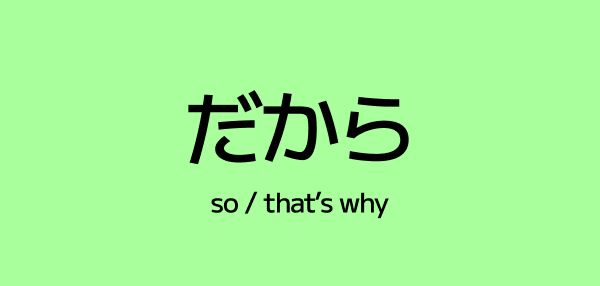 E Rank
E RankHow to Use だから (dakara) – “So” / “That’s Why” in Japanese
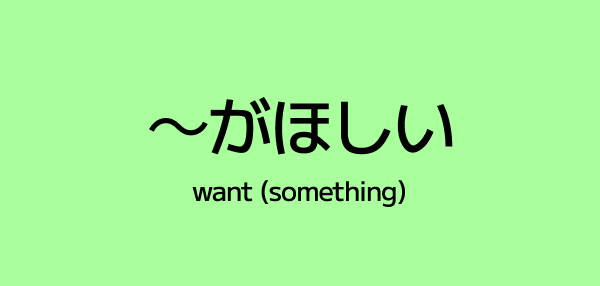 E Rank
E Rank~がほしい – How to Say “I Want…” in Japanese
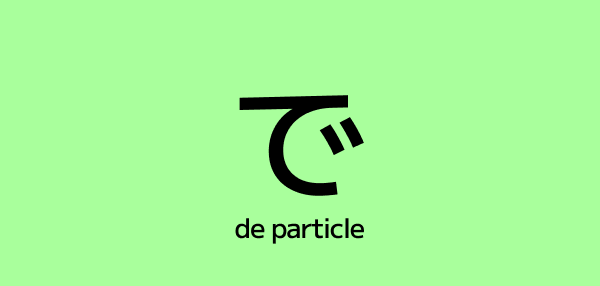 E Rank
E RankThe で (De) Particle
The particle 「で」 is essential for expressing where an action happens, how it's done, and what tools or methods are used.
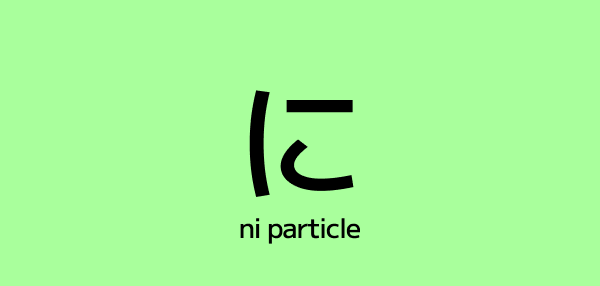 E Rank
E RankThe に (Ni) Particle
に marks time, direction, location, purpose, and more. Learn how it works—and where learners go wrong.
